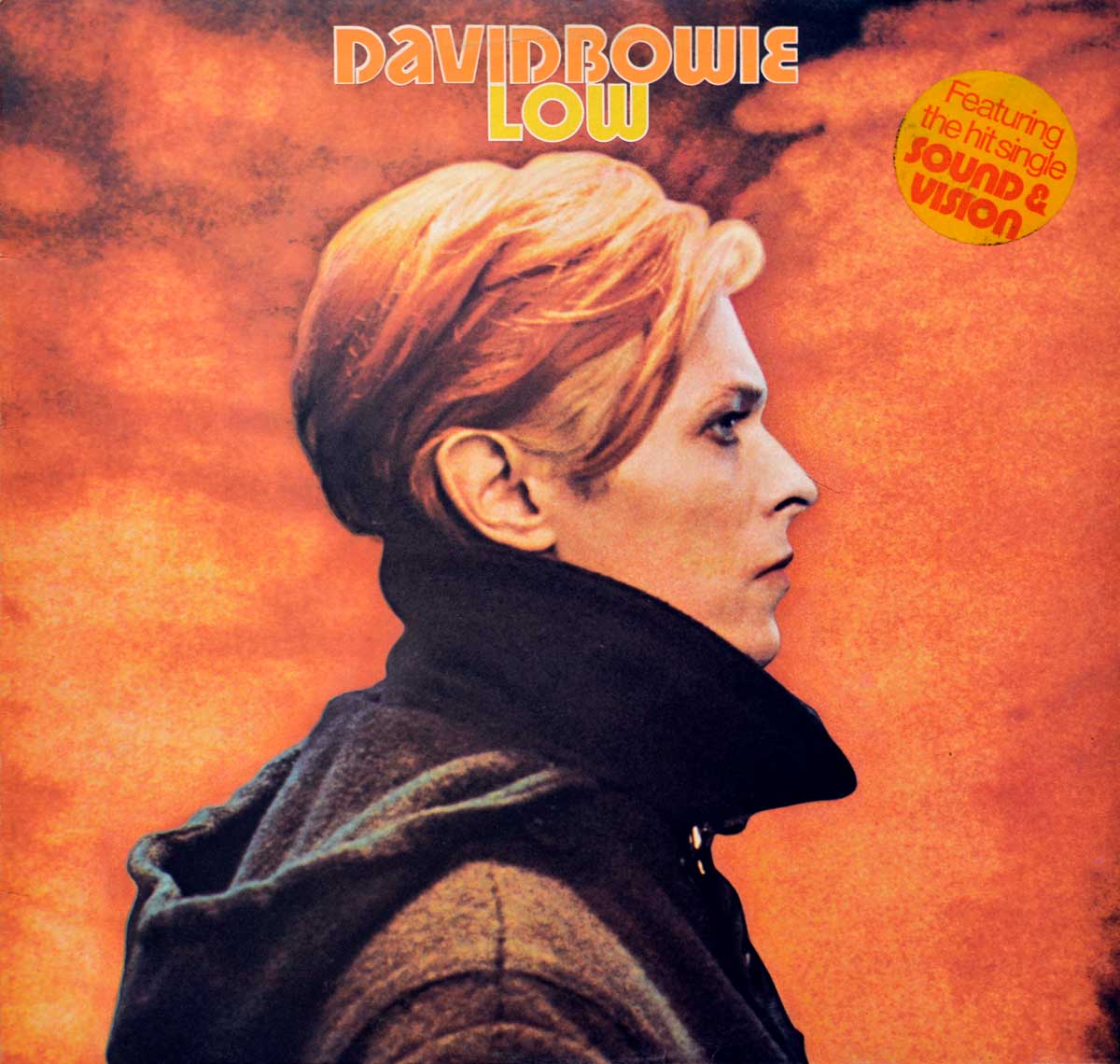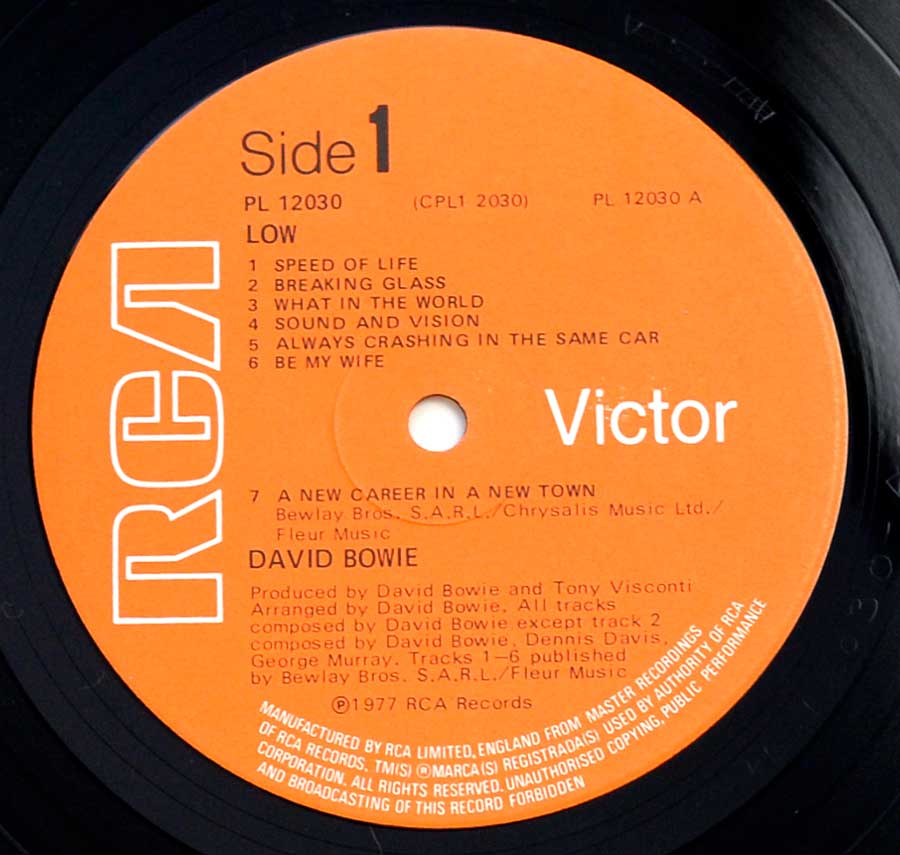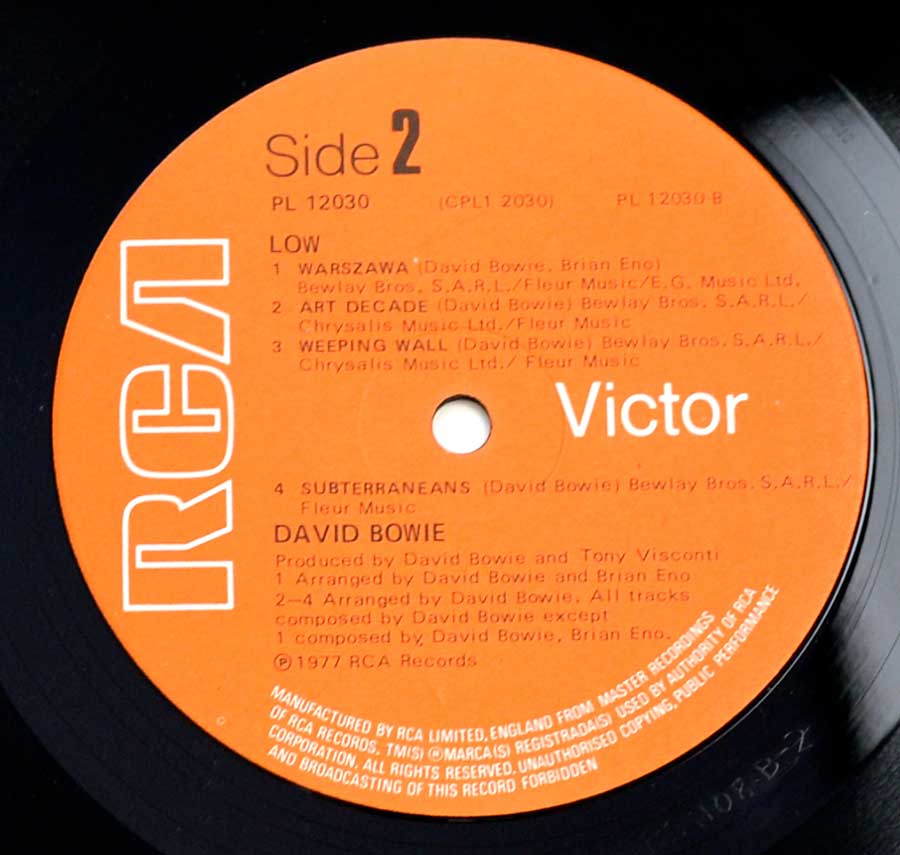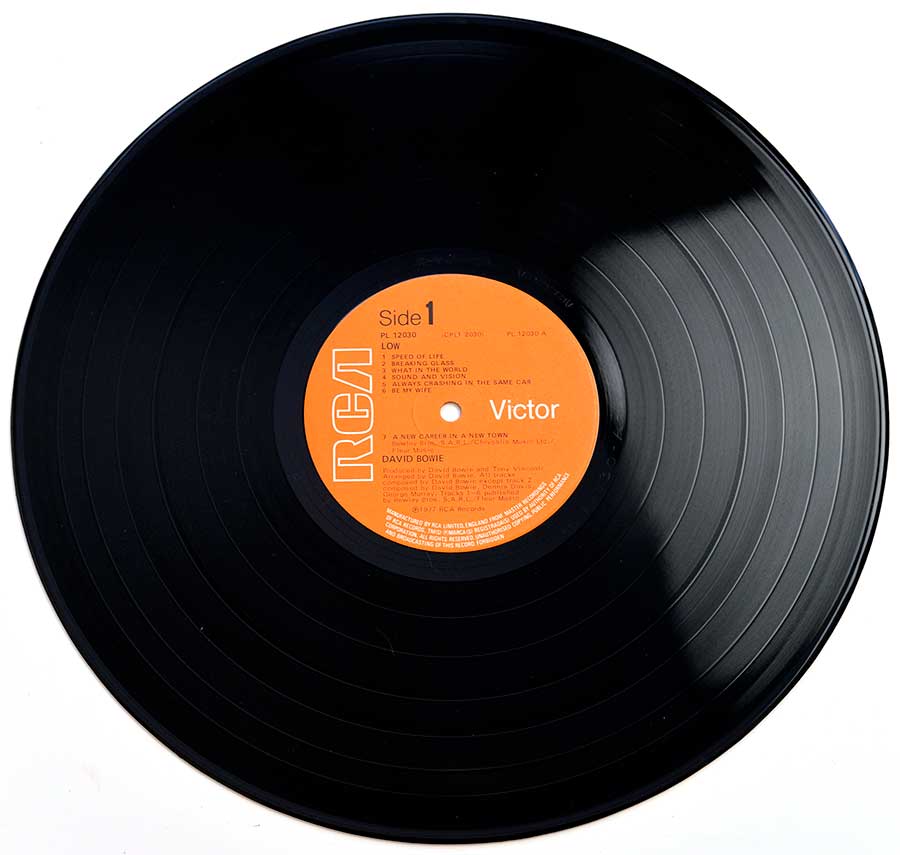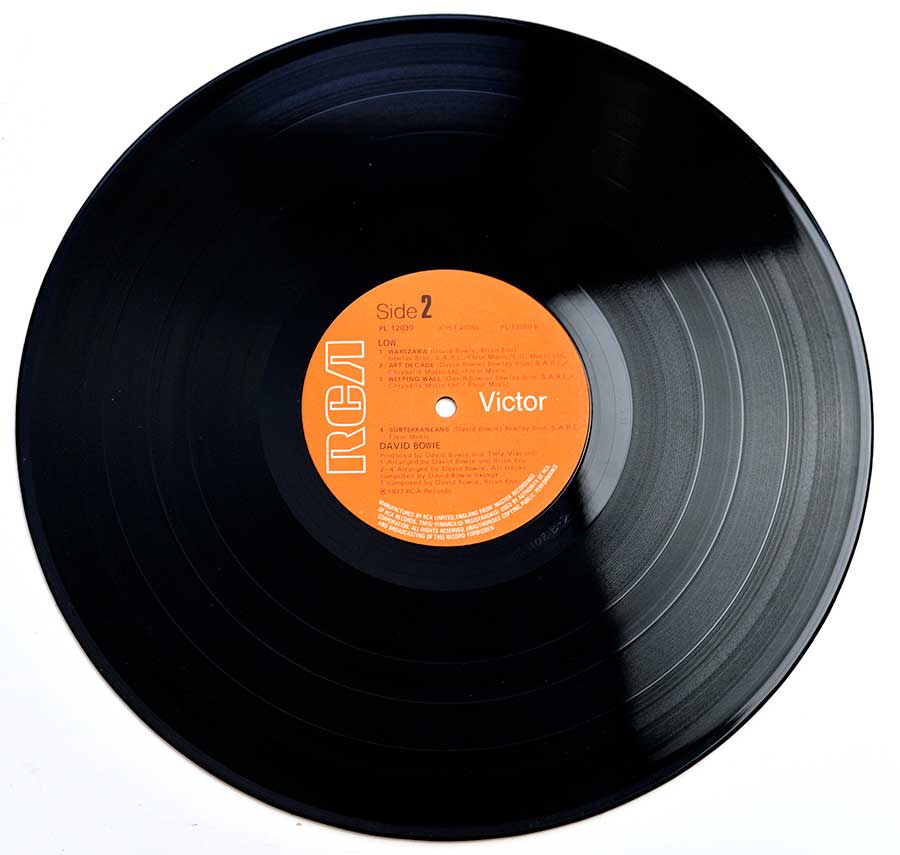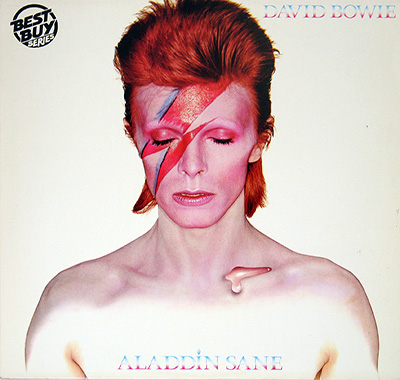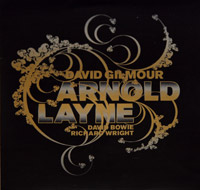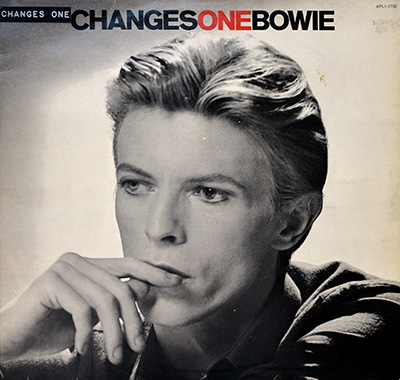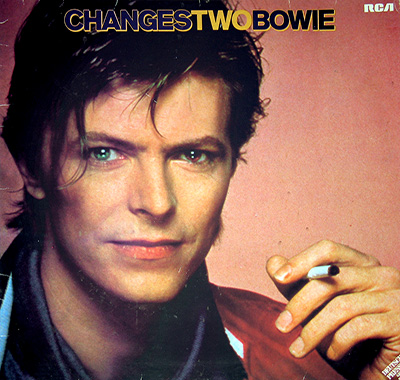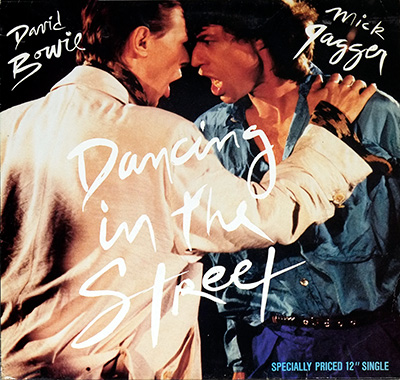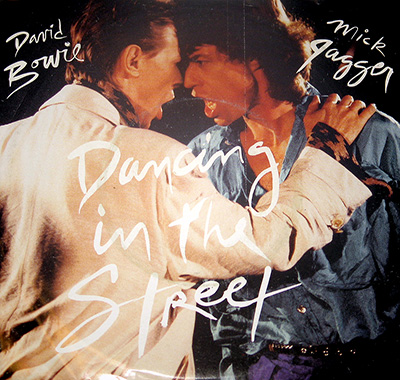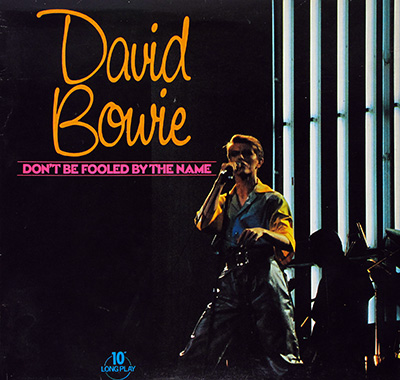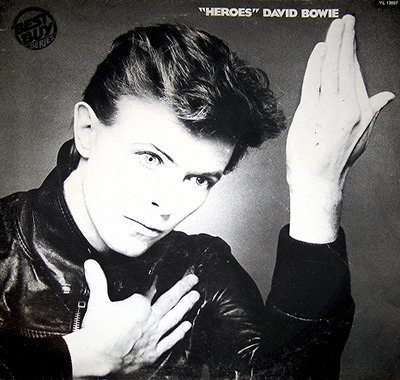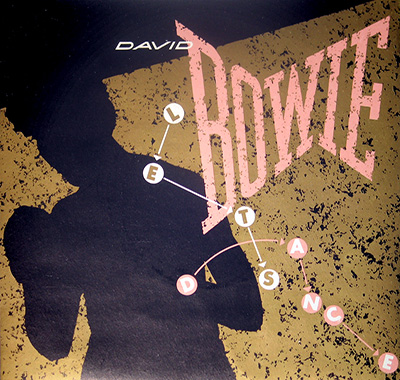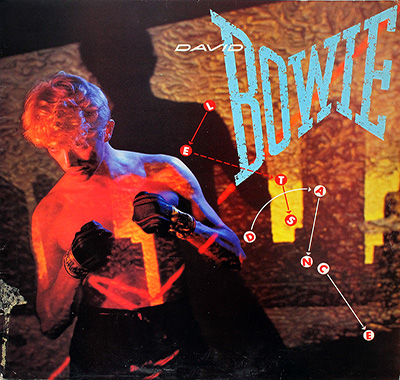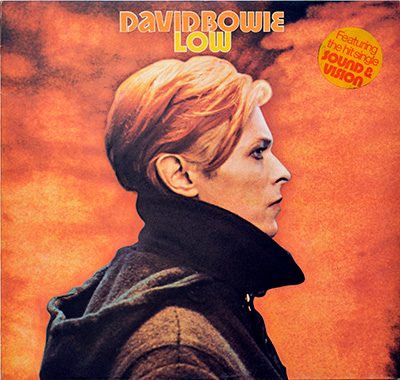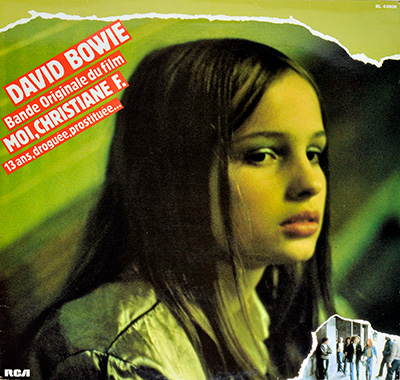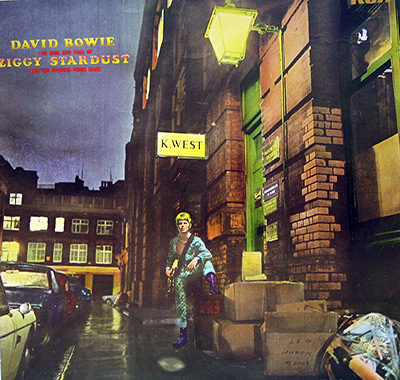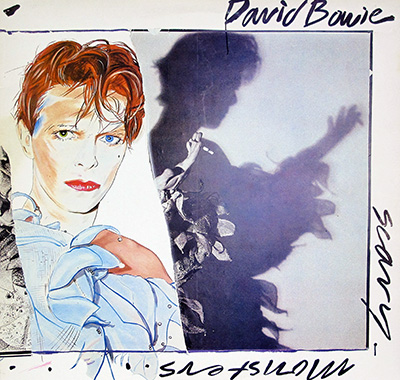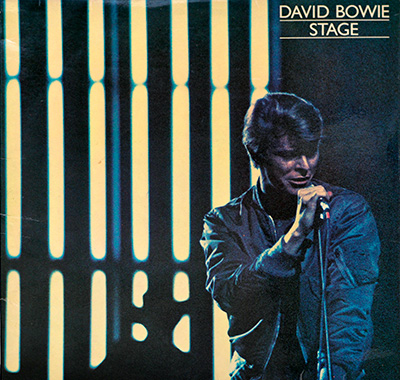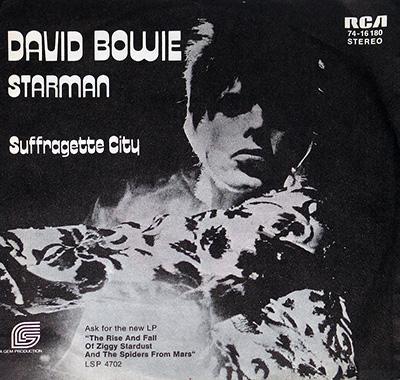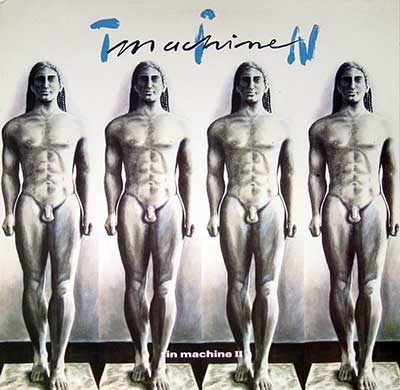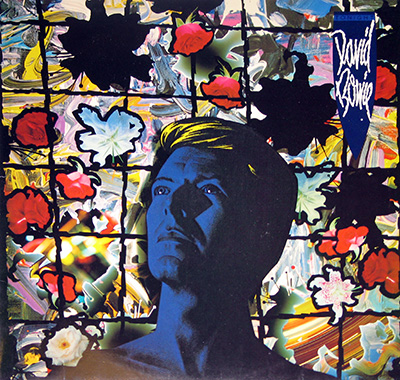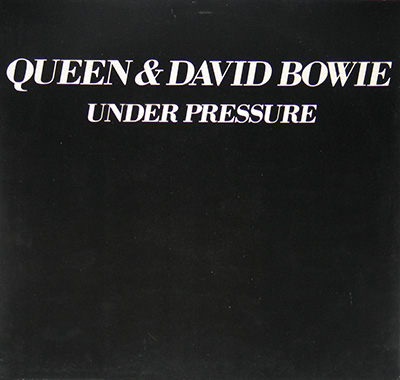Album Description:
In the realm of musical exploration, there are certain albums that stand as pivotal landmarks, defying convention and reshaping the sonic landscape. One such masterpiece is "Low", the groundbreaking 1977 release by the iconic English musician, David Bowie. This 12" vinyl LP album not only marked Bowie's eleventh studio endeavor but also served as a turning point in his artistic trajectory.
A Collaborative Revolution: Brian Eno's Arrival
"Low" resonates with innovation from the very beginning. It is a pioneering fusion of rock, electronic, and ambient music that defied categorization and laid the foundation for future experimentation. A key element in this sonic evolution was the involvement of Brian Eno, the visionary producer and musician who contributed significantly to the album's arrangements and brought his distinctive touch to the synthesizers.
Eno's impact on "Low" was profound. His influence can be heard in the dreamlike textures, abstract soundscapes, and otherworldly atmospheres that permeate the album. The collaboration between Bowie and Eno introduced a newfound sense of experimentation, resulting in a collection of tracks that pushed artistic boundaries and expanded the possibilities of sound.
Behind the Scenes: Producers, Studios, and Soundscapes
The production of "Low" was a collaborative effort between David Bowie himself and Tony Visconti. Together, they sculpted an album that defied conventions and redefined the parameters of popular music. The record was crafted at Studio Hérouville in France and Hansa Tonstudios in Berlin, which played a crucial role in shaping the album's distinct sonic character.
Mastered at Sterling Sound, the album exhibits a unique blend of precision and spontaneity. The sonic space Bowie and his collaborators created is both ethereal and raw, inviting listeners to embark on a journey through uncharted musical territories.
The Sonic Architects: Musicians and Their Instruments
The musicians who contributed to "Low" played a vital role in bringing Bowie's vision to life. David Bowie's dynamic presence is felt throughout the album as he takes on vocals, guitar, and piano. His multifaceted talents serve as the cornerstone of the record's diverse sonic palette.
Brian Eno's synthesizer wizardry adds a layer of intrigue and experimentation to the album. His mastery of electronic instrumentation is evident in the captivating textures and sonic landscapes he weaves into the fabric of each track.
Ricky Gardner and Carlos Alomar's guitars provide a sense of structure and depth, while George Murray's bass guitar adds a rhythmic foundation that grounds the album's exploratory tendencies. Percussionist Dennis Davis contributes intricate rhythmic patterns, infusing the album with a pulsating energy that propels each composition forward.
"LOW" in Retrospect: A Legacy of Innovation
Upon its release, "Low" was met with a blend of awe and confusion. Its departure from Bowie's previous works was a bold move that challenged listeners and critics alike to rethink their perceptions of music. Over time, the album's significance has become clear, and its influence on subsequent generations of musicians is undeniable.
"Low" set a precedent for artistic experimentation, paving the way for the electronic and ambient movements that would emerge in the years to come. Its willingness to traverse uncharted sonic territories and defy musical conventions has left an indelible mark on the music industry.
